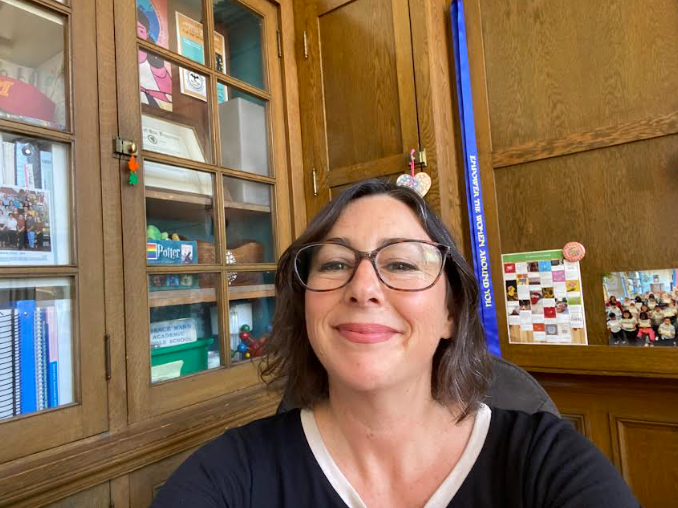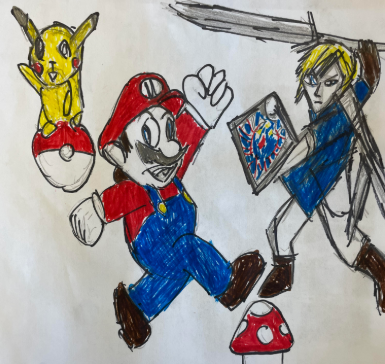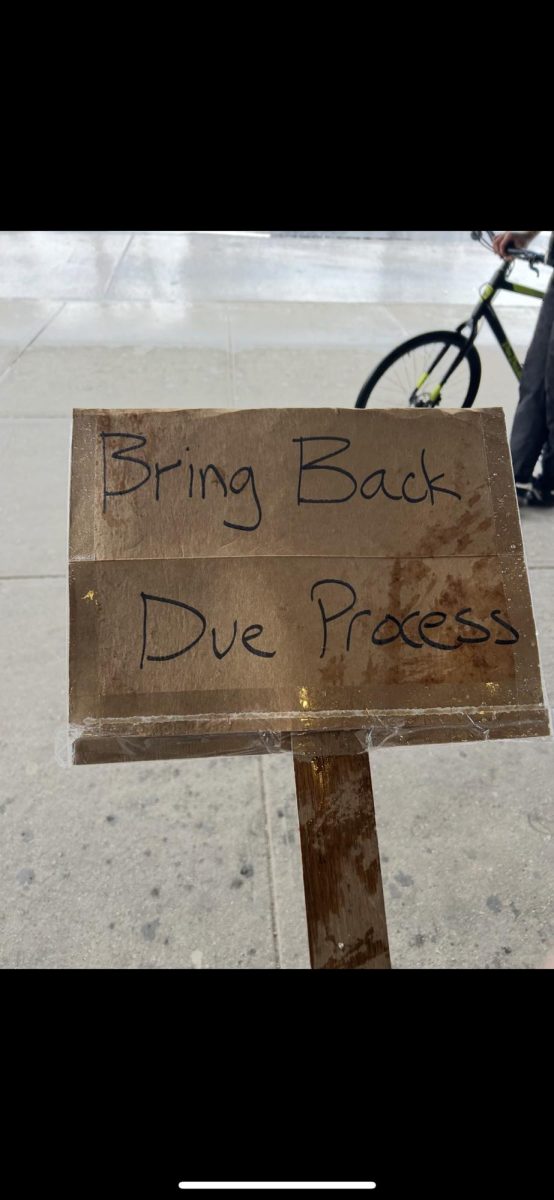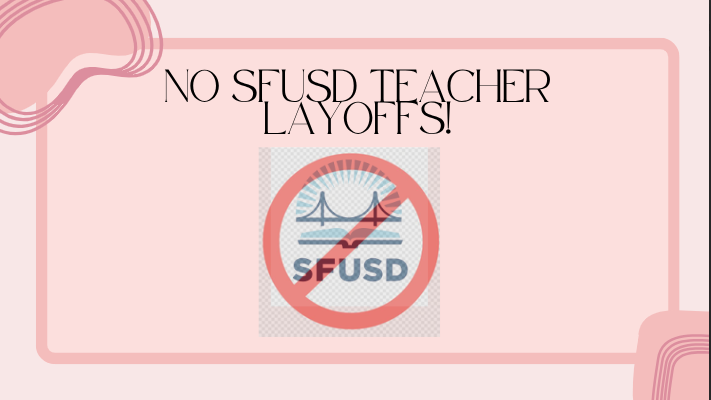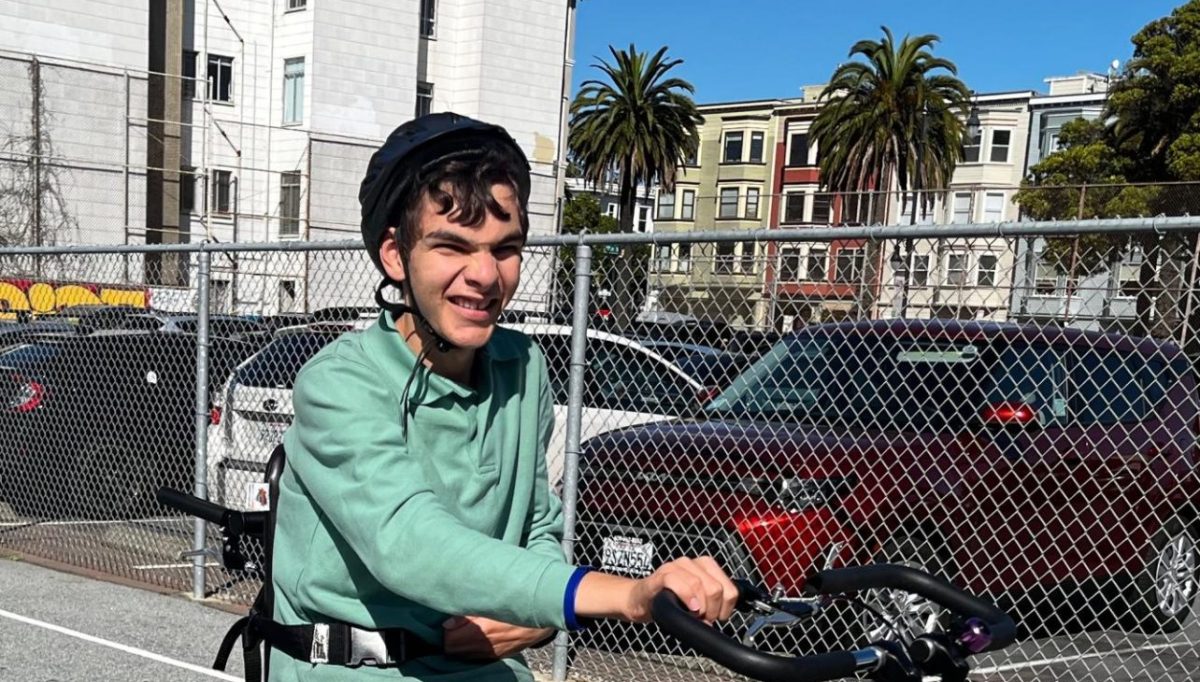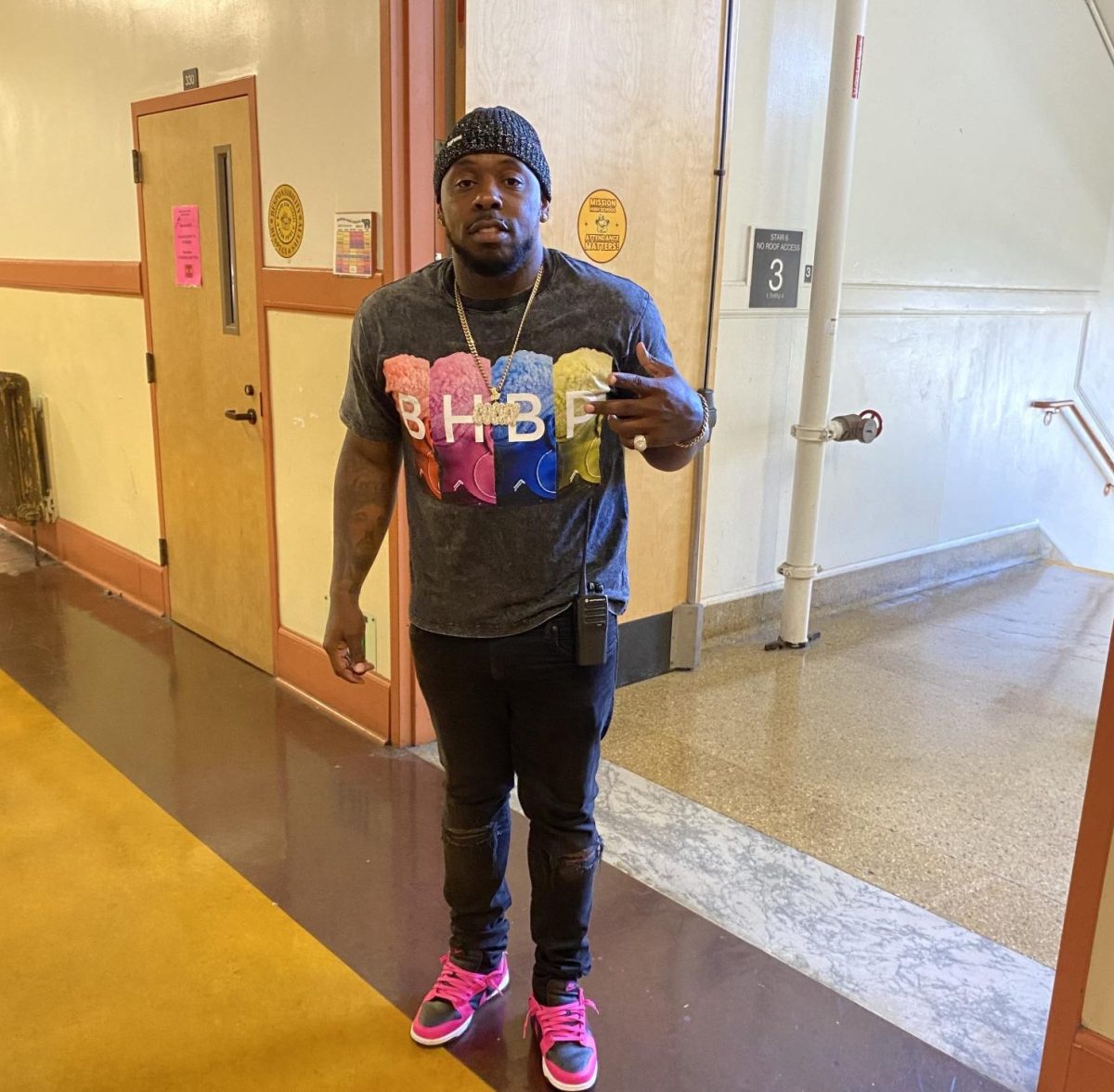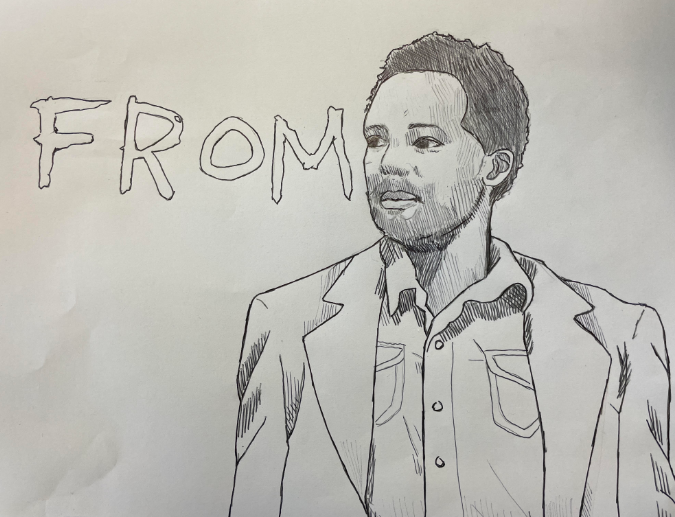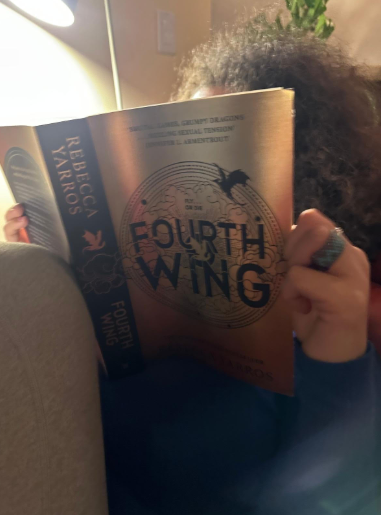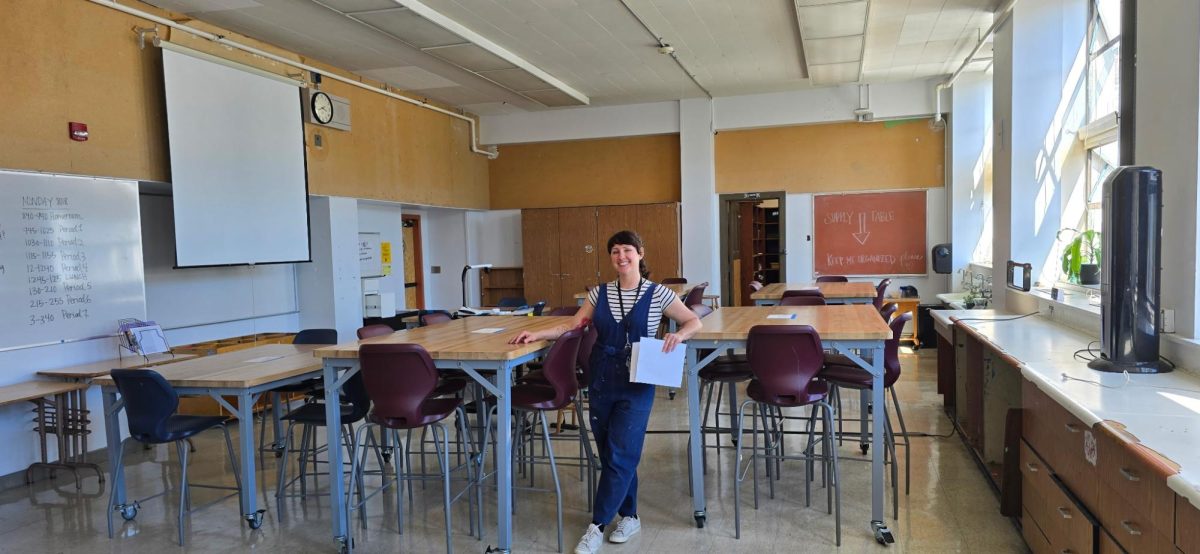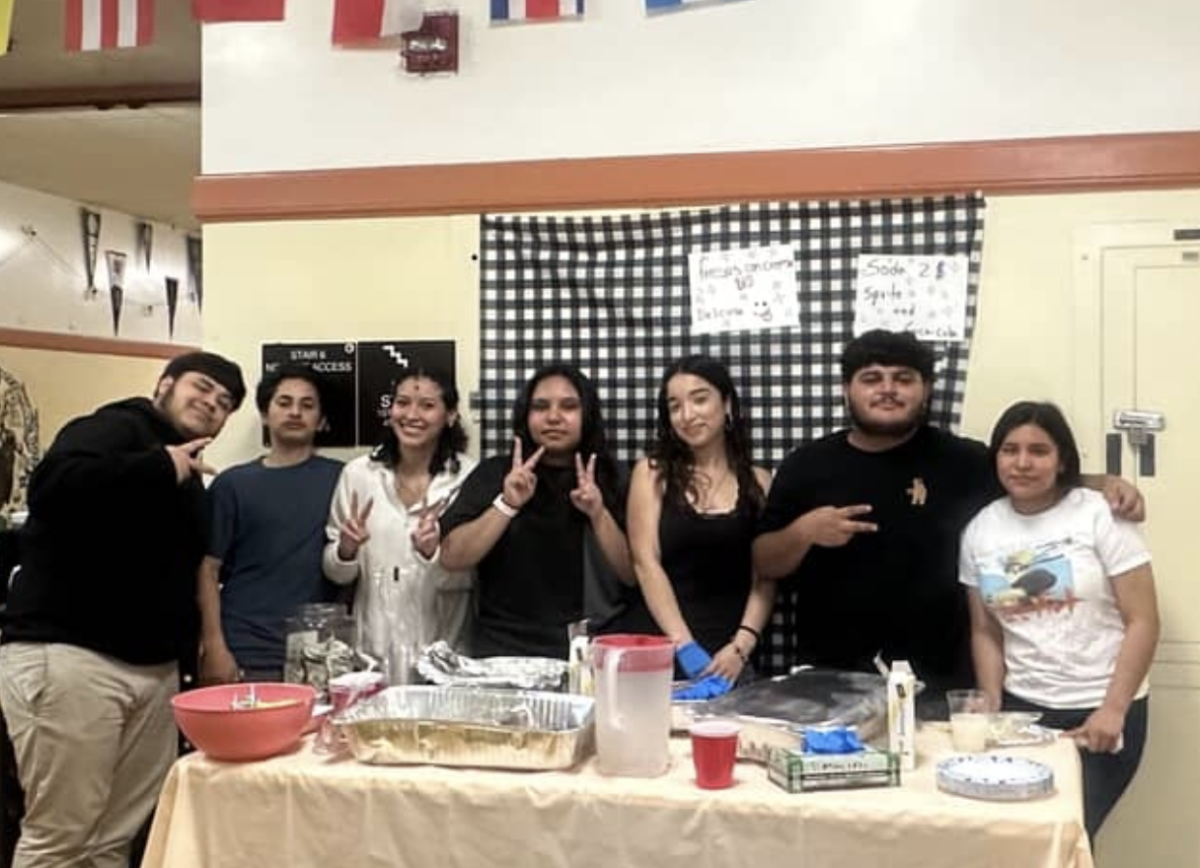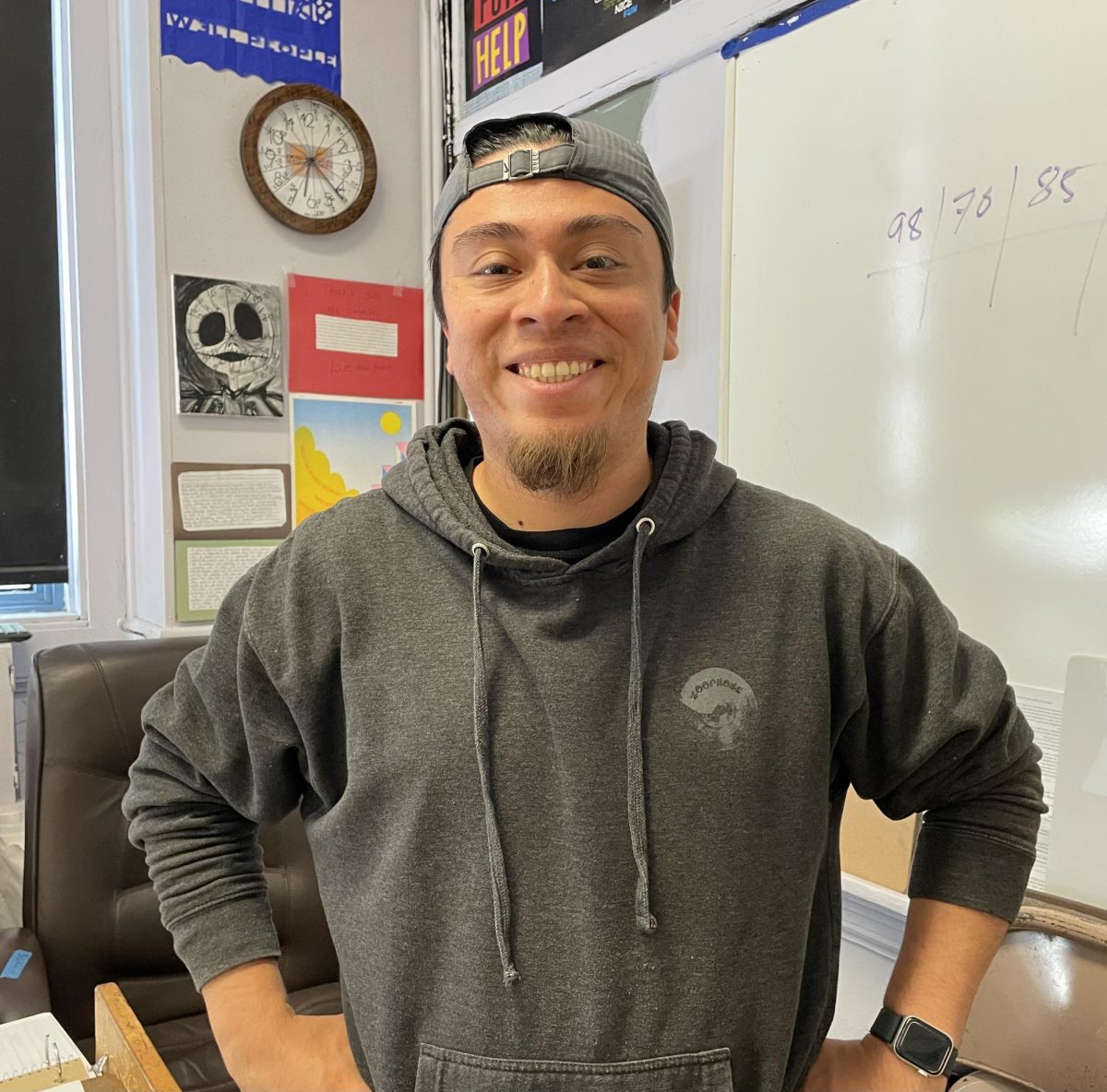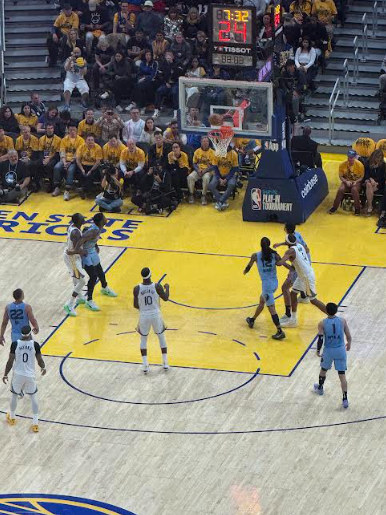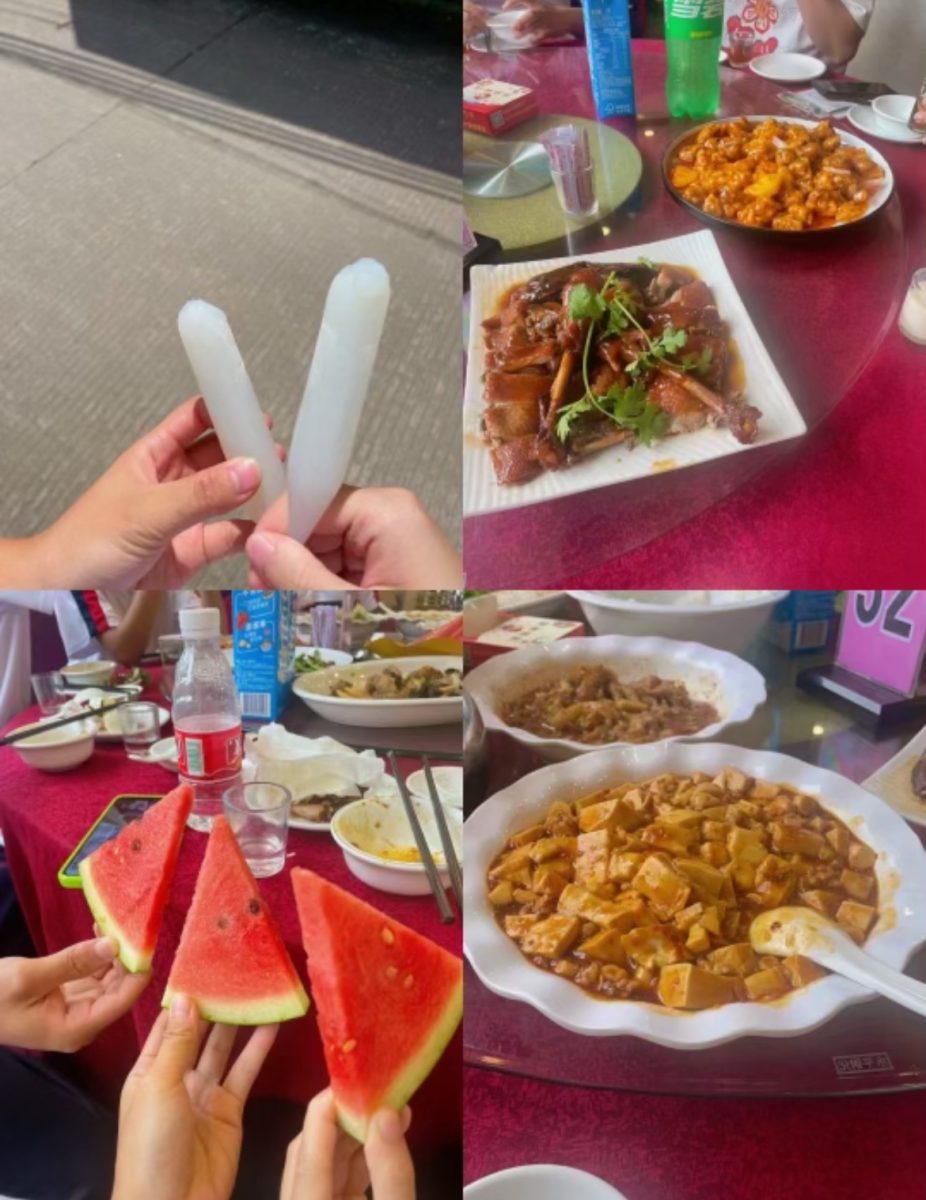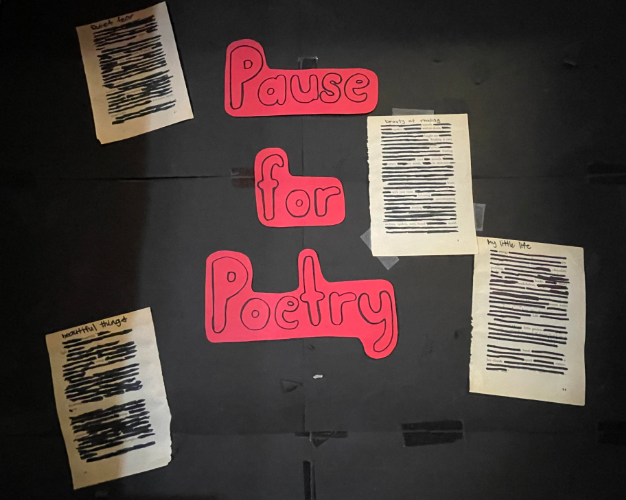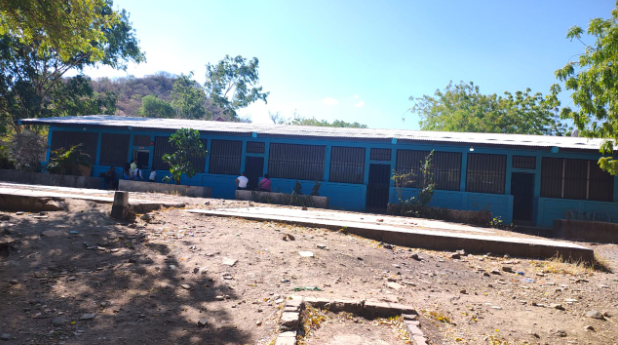The Stayover program is facilitated by Buena Vista Horace Mann k-8 school, which allows families with children in SFUSD to stay until they can find somewhere to live. This is a program for those who are unhoused to have somewhere safe and warm to be until they can find permanent housing (which the program helps with.) Part 3 of the stayover program series will talk about BVHM’s principal and how the program began.
“It was one particularly rainy autumn and we were actually approached by a student and his family who just straight up asked us like is there anywhere dry and warm in the building that we can stay in tonight… we just thought about it for a second and were like ‘why not?’” said Claudia Delarios Moran, Buena Vista Horace Mann (BVHM) principal.
BVHM stayover program was started around mid-November 2018, when BVHM’s principal, Claudia Delarios Moran, was in the school’s administration as vice principal 7 years ago. She became principal in 2019 and has had that position since then.
The program started because of families who started to come to the staff asking if there were any places inside the school to sleep for the night.
Ms. Moran didn’t want these families to be riding BART back and forth just to have a warm place to sleep for the night. She started to hear more and more from other families that this was a reality for them. She and other staff members had to come up with a way to spread the creation of this program. Staff members at BVHM decided to talk to the families to prove that they needed this program.
They got into contact with Hilary Ronan, the Mission District’s supervisor at the time, and she took them seriously. Once they got the ok from her, they went to the school district and got other people to permit them to pursue this idea. To make change, they had to show how many students at BVHM are homeless. They reached out to every family and asked what the status was. Are you housing insecure? Around 20% said yes which means that about 64 families at BVHM were housing insecure.
When asked about ways that the school made sure to keep this program and the actual school separated, Ms. Moran said that they adjusted the hours so their paths wouldn’t cross. There is a separate entrance for those who are in the shelter to enter and leave.
When the shelter was first beginning it was only for students at BVHM, but as the program progressed, the team realized that they could expand. One of the main reasons that they opened the program and had it be at BVHM was because the students were already comfortable there. They had a good association and how it would be safe. When they decided to open it district wide they figured that since most schools in SF are similar, they would feel more comfortable being there.
The main way that the spread the existence of the program was through the social workers that work at the schools. They would refer families to them to let them know there’s somewhere they can stay if they have no home.
But now the program is facing some challenges. BVHM has to move locations due to problems with the building. According to Ms. Moran, BVHM is a very old school (about 100 years in age); And because of how old it is, the school is basically falling apart. It’s falling apart so much that they have to tear it down and build it up from scratch to fix all that they need to. Things like the walls and plumbing are some of the main focuses, but they also want to make some cool updates to the school. This process will take 3 years to complete.
Daniel Lurie, the new mayor of San Francisco, has imposed a new rule where people who are staying in shelters only have 90 days to stay there before they are kicked out, no matter if they have a place to go to after or not. The way that they are imposing this rule is by making the shelter providers evict these families after 90 days. Jackie Fielder, the new District 9 supervisor which includes neighborhoods: Mission, Portola, and Bernal Heights, is really pushing against this 90-day restriction
BVHM will be moving to June Jordan, a high school near McLaren Park, and the program will be moving there as well.
The stayover program is funded by the city. Every year, the cost of this program is about 1 million dollars. The reason that this program is so costly is because the city provides staff, case managers who help families move out of homelessness, and food. But apart from just the resources the city offers, the program is 24/7. It’s open throughout holiday breaks and whenever school isn’t in session (weekends, after school).
A problem with the program is that it isn’t being given enough money to help all homeless families in SF which causes there to be a long waitlist to enter the program. The homeless system has no clear “next step” so many of the families that can enter the shelters, end up being there for up to 9 months. This wasn’t the design of the shelter.
But something that this shelter has helped with is the attitude of the kids who stay there. In class, the students who were previously homeless and once unfocused are now engaging in class.
“The kids that were previously homeless just chilled out so much because they knew where they were gonna stay. They knew that it was safe, it was warm.
“The design of the shelter was to just get people off the streets to someplace warm and dry where they can connect up with a counselor and like move forward into supportive counseling, but now there’s no like ‘next step’ there’s not enough housing to move people out of the emergency shelter so they’re just like languishing. Not only here, but in all the emergency shelters.”
There is no “system” in place for people who are unhoused. This is a big reality for many people and families here in San Francisco. If these shelters which are made to take people off the streets are starting to become restricted, what will happen? What would be the “next step” for these families?
To see parts 1 & 2 of the series, visit:
